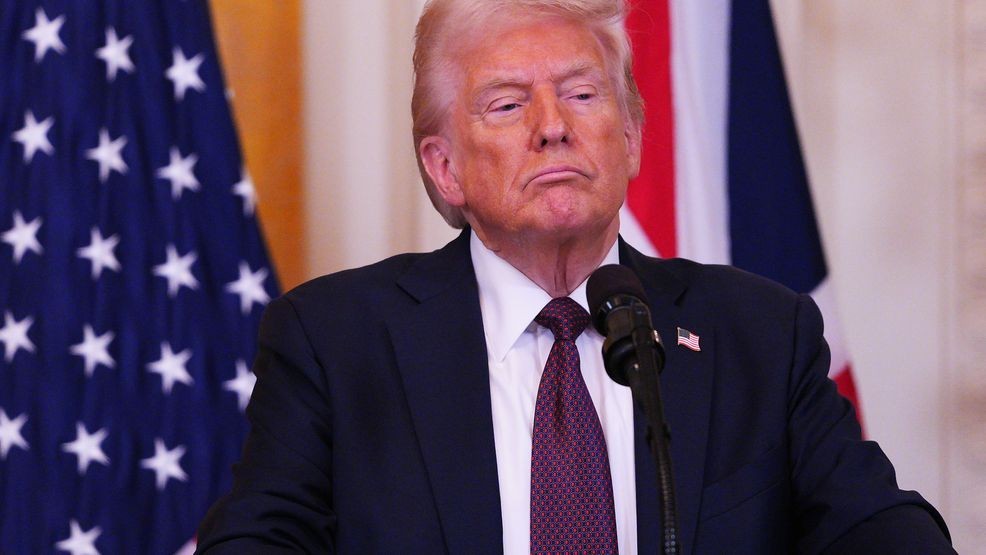WASHINGTON (TNND) — President Donald Trump is gearing up to apply a round of tariffs on Chinese, Canadian, and Mexican imports in early March, with a 25% measure going toward Mexico and Canada, while a 10% tariff will go into effect on China. A recent report suggests the move could be much more painful than U.S. officials are anticipating.
Trump’s moves are in pursuit of rebalancing the U.S.’ trade deficits, and tackling other issues, such as illicit drug trafficking from the southern Border. Economists are warning another round of tariffs could reaggravate inflation and lead to slower economic growth going forward.
A new report out of the Federal Reserve Bank of New York adds a wrinkle to these warnings.
According to the report, the impact will be especially severe if the Trump administration elects to end use of so-called ‘de minimis’ imports, which allows Americans to bring in Chinese goods under $800 duty free.
“US imports from China have decreased by much less than has been reported in official US statistics,” Hunter Clark, a New York Fed researcher, wrote in the report. He argues the de minimis exception allowed most imports to move through when Trump first applied tariffs in 2018.
The exemption also reveals a discrepancy between U.S. statistics on the number of Chinese imports and the numbers put out by Beijing. China’s exports as a share of imports have only declined by 2.5 percentage points, less than one-third of the decline shown in the U.S. data.
Imports from China fell from 21.6% of total U.S. imports in 2018 to 13.4% last year, U.S. data show. The de minimis carveout created a type of shadow trade route by which American companies and consumers could avoid a price hit.
“As a result, the recent tariff increase on China could have a larger impact on the US economy than is suggested by official US data on the China import share,” Clark added.
Since beginning his second term, Trump imposed a 10% tariff on Chinese goods, while also announcing, and then delaying, an end to the de minimis exception on goods from China and Hong Kong valued below $800.
Clark believes the exception led to a 50% increase in goods from China for a total of about $50 billion last year. That total would appear to make up about half of the $100 billion discrepancy between Beijing and U.S. data, according to the New York Fed report.
As he keeps focus on China, Trump is also taking aim at Canadian goods.
In January, the president claimed poor management under former President Joe Biden allowed the U.S. trade deficit with Canada to expand over the last four years to $250 billion; the number is closer to $64 billion as of 2023, according to U.S. Census Bureau data. It was slightly higher the year before that — standing at $78 billion in 2022.
One reason why the trade imbalance between the two North American countries has increased is the price of oil, which Canada exports every day to the U.S. American refineries are heavily dependent on Canadian crude.
Oil exports from the U.S.’ northern neighbor reached a new record of 4.3 million barrels per day last year. When data regarding oil exports is stripped out of the equation, the U.S. has a trade surplus with Canada, according to an analysis by TD Economist in January.
Trump’s on-again-off-again tariffs are having an impact on economic growth.
The economy is weakening, and American consumers are starting to buckle, former Blackstone President Tony James warned during an interview on CNBC. He cited Trump’s tariff threats, as well as the administration’s reliance on Elon Musk’s DOGE project to slash the Federal workforce.
The tariffs and the possibility of an uptick in layoffs is prompting businesses to stand pat, James argued. He added that they can’t grow or contract, so they’ll settle for increasing prices. According to James, any substantial price increase could be enough to nudge the U.S. economy off the ledge.


